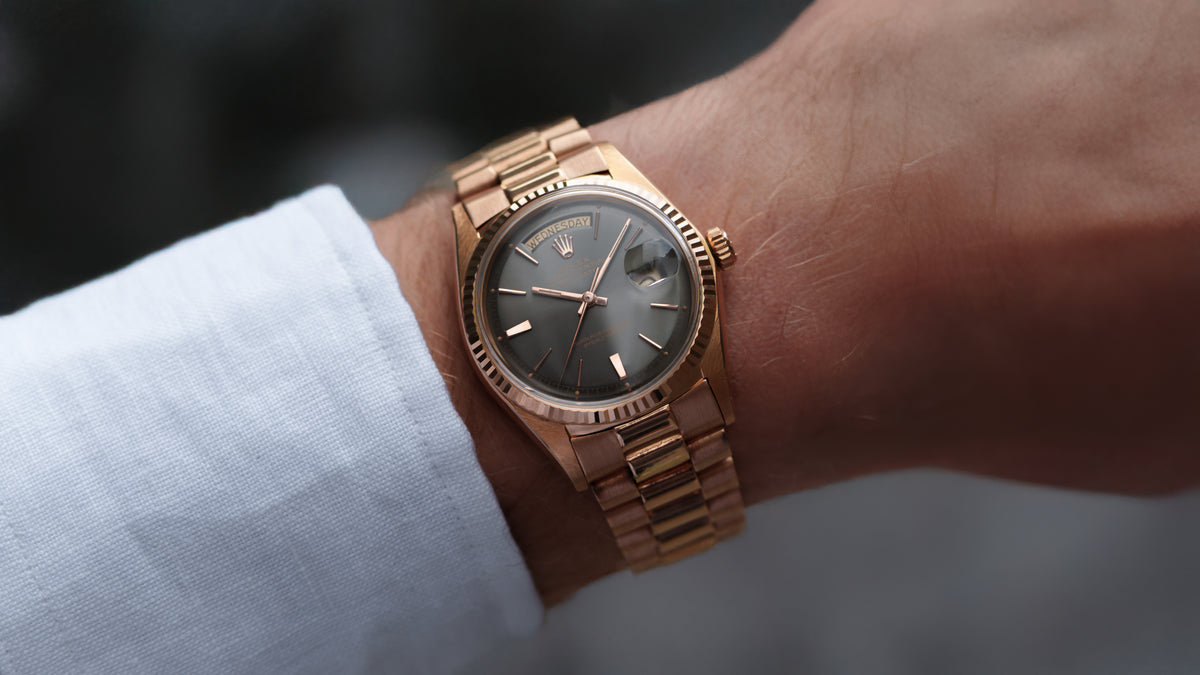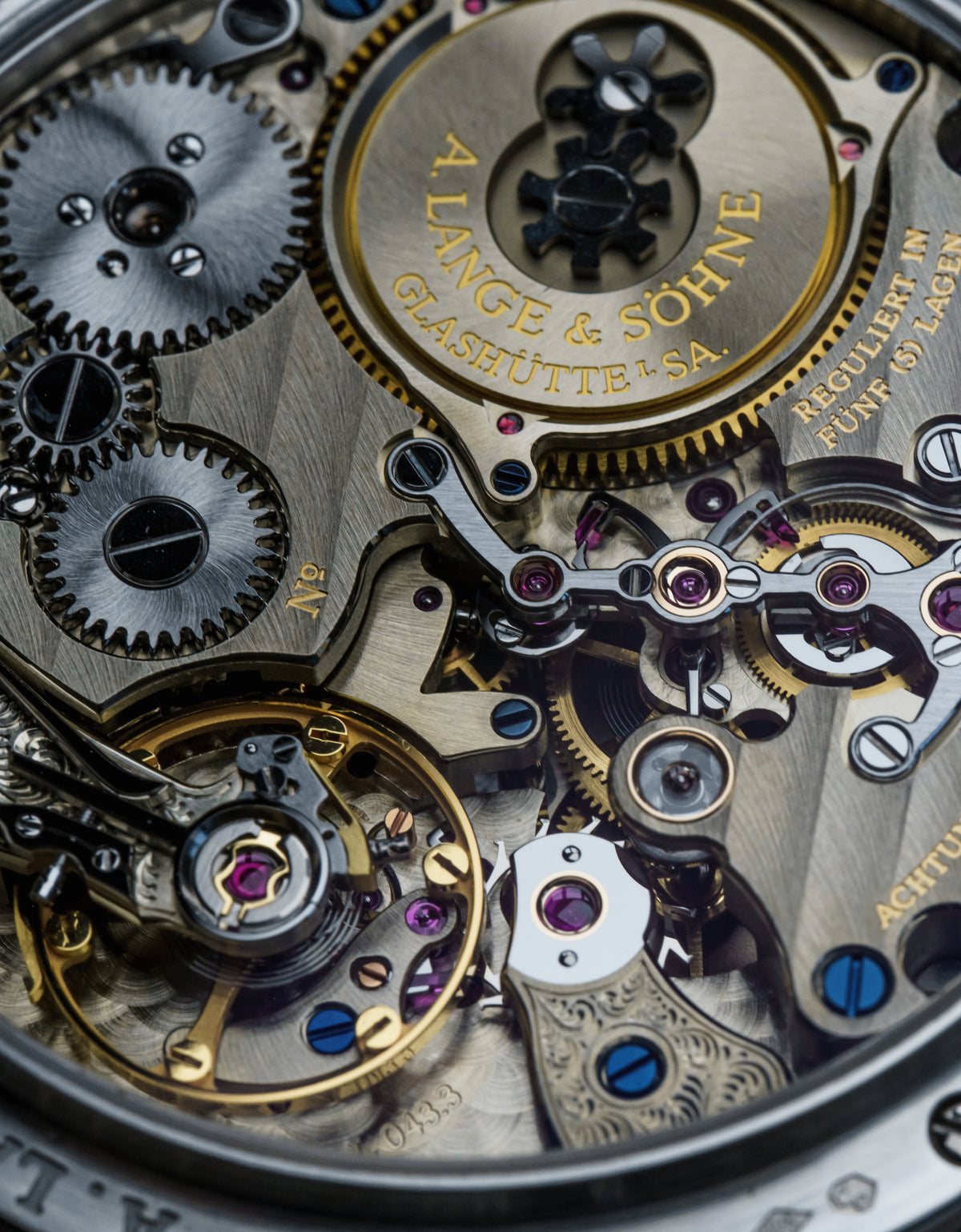MB&F HM7 Aquapod
Pursuing any thread to its absolute end can often seem like madness to the outside world. I am reminded of scotch distillers, who will endlessly move certain barrels around warehouses to age closer or further from the sea, for just the right hint of salt. But also Red Bull and Ferrari F1 teams, who a few years ago switched from gloss paint to matte in order to save ~500 grams of excess weight per car. Alternative, Leclerc could eat one less spinach leaf. Even for musicians, Stevie Ray Vaughan was said to charge his backing band members $200 per single mistake over the course of a gig. With his licks that’s a tall order. This is what maniacal focus looks like in watchmaking: a completely alien form which happens to tell time, underwater or above. I’m starting to think MB&F might actually stand for Mad Bastard & Friends, in the kindest way possible.

This is the HM7 Aquapod, which is what happens when you turn Max Büsser’s attention to the dive watch problem. It’s a watch built around a completely unique movement, architected by Stephen McDonnell with 303 components arranged to scroll and hour and minute disc around a central tourbillon. Arthur Touchot said it best, it looks like Saturn’s rings. The whole ‘pod’ is encapsulated in sapphire, to show off details like a winding rotor with tentacles machined from a solid block of titanium with platinum counterweight embedded. It’s the most dimensional diver ever, given contrast by a traditionally-inspired rotating bezel, completely external to the central element. The design was inspired by the Jellyfish’s dome, which is obvious in profile. This titanium blue was made in 33 examples, which do occasionally surface.

At this late stage in MB&F, it is really worth noting that the HM7 was something of a precursor to the M.A.D. 1, which utilizes a similar display with a drastically less complex movement. Without pioneering the display here, the more accessible watchmaking could not be possible. And that’s really a cultural step both for MB&F and in independent watchmaking as a whole. But Max’s original ‘early’ horological machines aren’t really old enough yet to be appreciated as classics. They’re just excellent, brilliantly creative, ‘mad’ examples of first principles thinking as applied to watchmaking. I hope they grow to be appreciated as such.

This example is in an excellent state, titanium is often easy to scratch and yet this one shows nothing. It comes with its full set from a well-regarded Singapore retailer.









































0 comments
Write a Comment